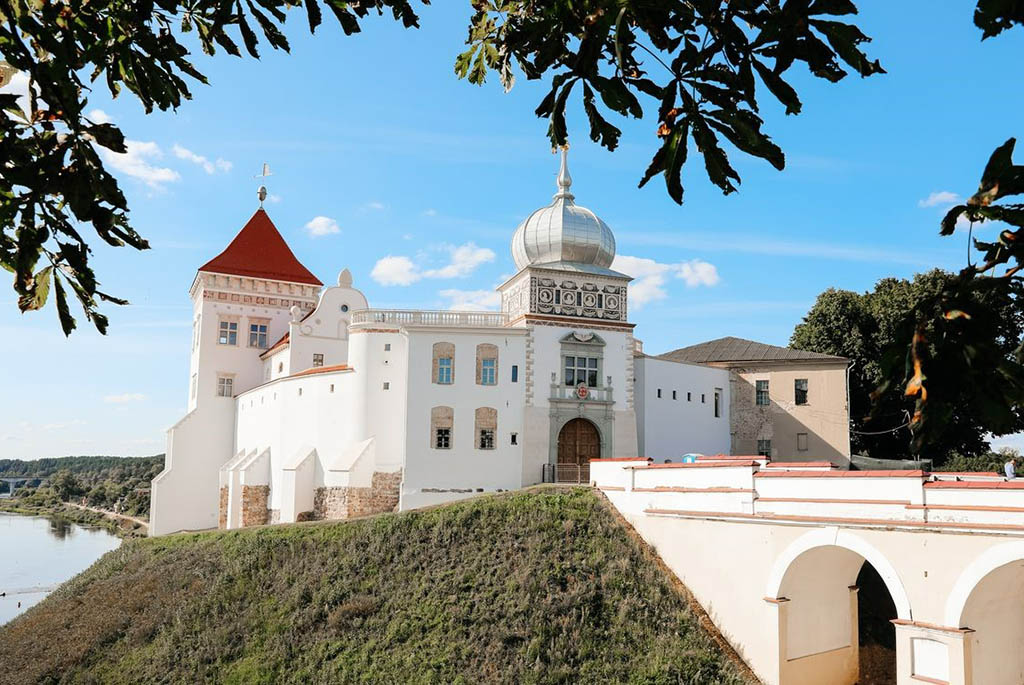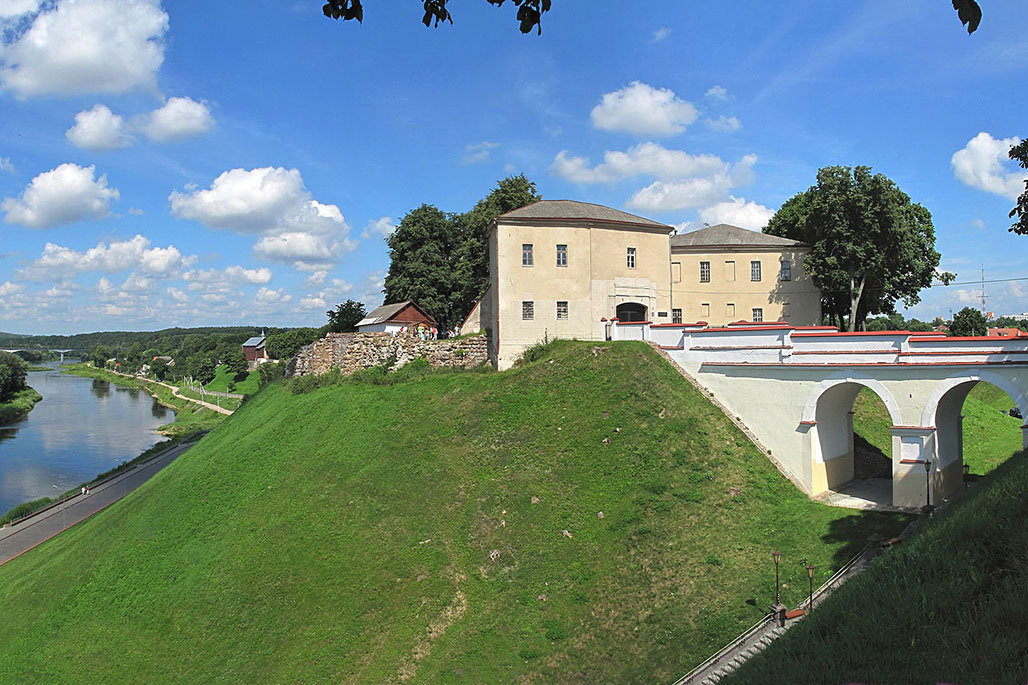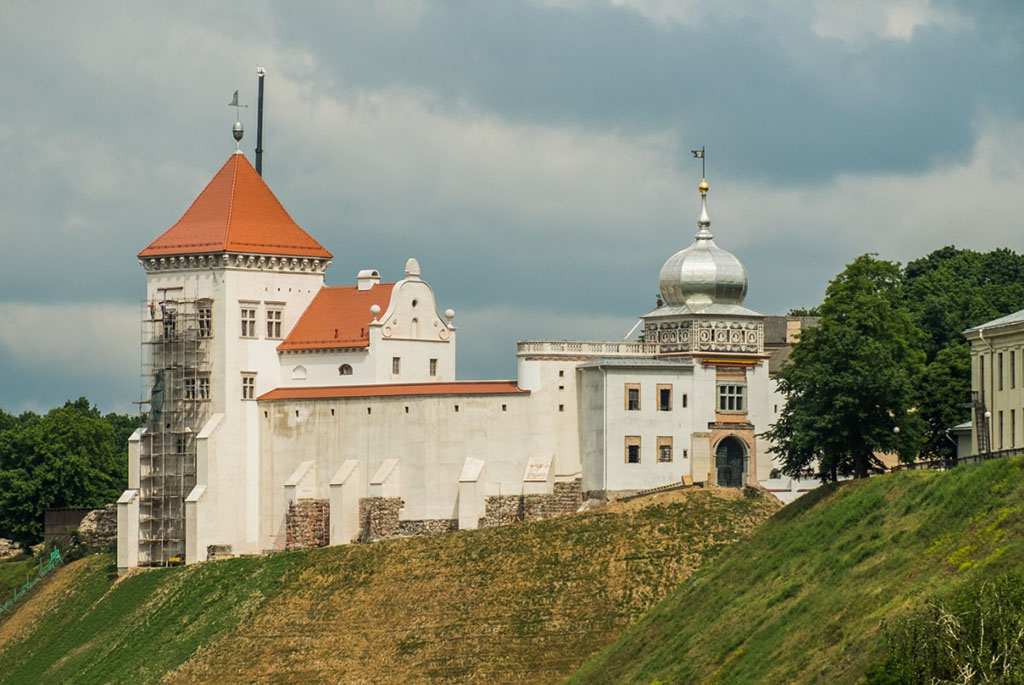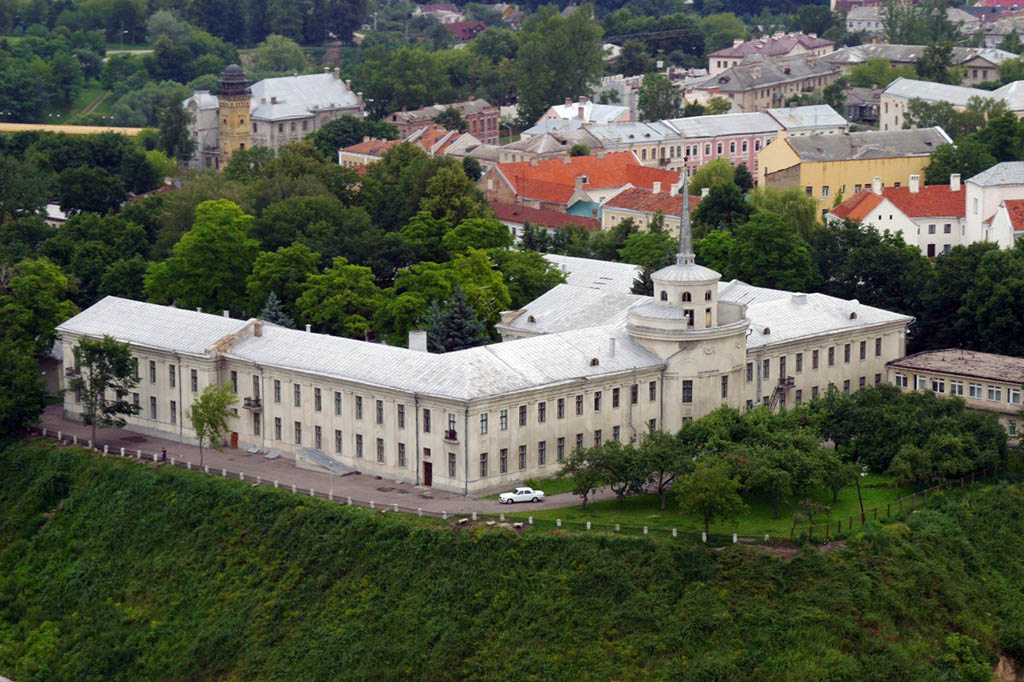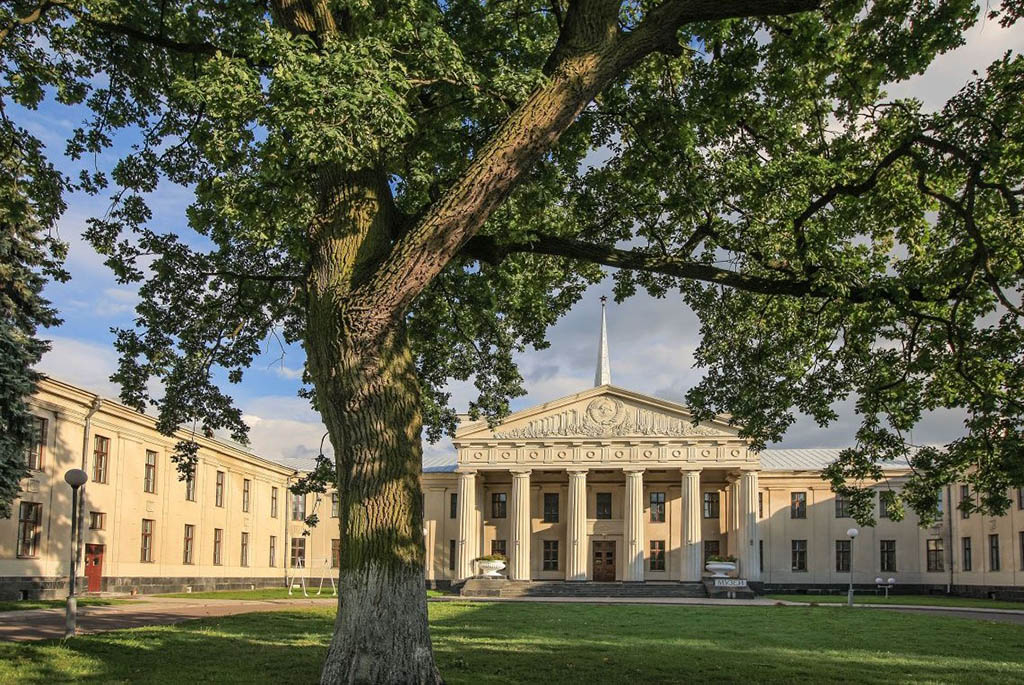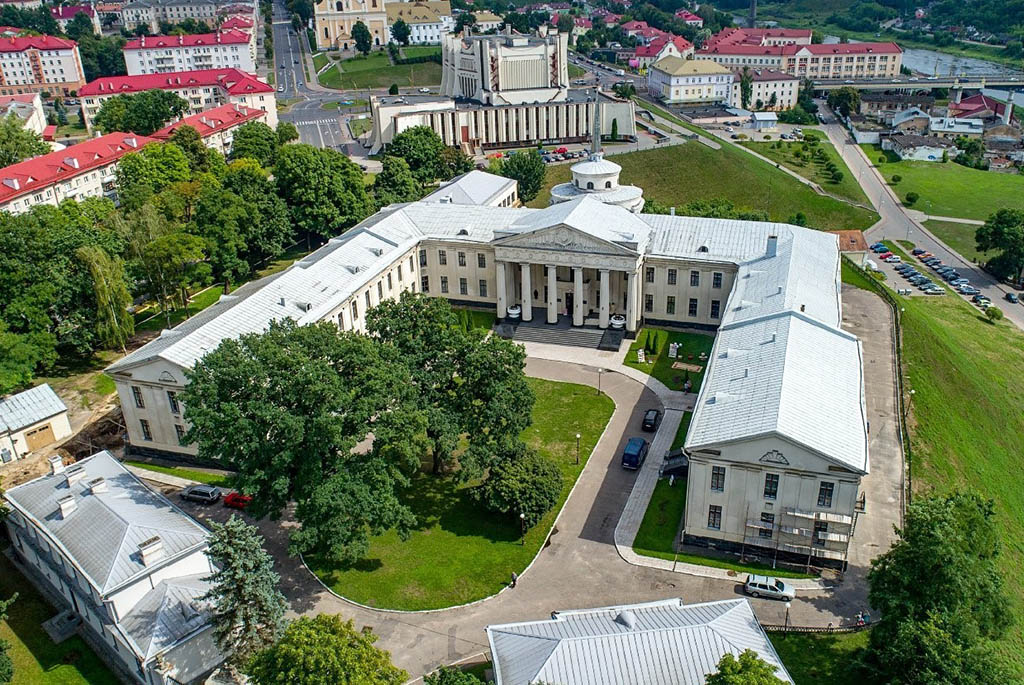Old Castle
The history of the Old Castle is closely intertwined with that of Grodno. The first fortification on the banks of the Neman River existed as early as the 11th century - this is the time the first mention of the city in historical documents can be traced back to. It is known that a fortified citadel was located here, on a high steep hill. At the same place in the 11th century, a defensive castle was erected - a structure with stone walls and several wooden towers. It carried out important strategic tasks in protecting territories from enemy raids.
At the end of the 14th century, the castle becomes the residence of Duke Vytautas. The structure is reconstructed and fortified, and palace premises for the princely family are built inside.
In 1579, King Stefan Batory, who decided to move the capital of the state to Grodno, made the decision to rebuild the castle. For this, he invited Italian architects who redesigned the building, adding elements of Renaissance to its appearance. Only parts of the walls and towers remain from the Old Castle. The centerpiece of the castle complex became a magnificent two-story royal palace, with characteristic features of the Renaissance - arches, decorative elements, plant ornaments, and carved decor.
At the beginning of the 17th century, the castle began to gradually lose its defensive functions. During the Russo-Polish war, it was captured by Russian troops and endured devastation and destruction.
In the second half of the 17th century, attempts were made to restore the structure. One of the Sejms of the Commonwealth even took place in the residence. But as a result of the Northern War and a major fire, the once mighty citadel lost its former grandeur. After the city became part of the Russian Empire, the Old Castle's territory was occupied by the Russian military.
New Castle
With the Old Castle falling into disrepair by the beginning of the 18th century, a new residence for King Augustus III was erected in the heart of Grodno mid-century. The Baroque structure was designed by the German architect K. Pöppelmann. Despite their external architectural differences, he successfully unified both castles into a single complex. The new structure was divided into two parts - one housed the owners' family, and the other hosted important state assemblies.
The palace's interior decoration astonished visitors with its opulence and grandeur. The palace interiors were adorned with elegant decorative details, frescoes, and moldings. Grand celebrations, luxurious balls were held here, and influential state figures regularly visited the residence.
The New Castle bore witness to significant historical events. Within its walls, T. Kosciuszko held meetings with the leaders of the insurgent forces. It was also here that King A. Poniatowski abdicated his throne, leading to the transfer of the Grodno region lands to the Russian Empire. By order of the Tsarist authorities, at the end of the 19th century, soldiers and a military hospital were housed in the castle complex.
Grodno Castles in the 20th Century
In the 1920s of the new century, restoration work was carried out in the Old Castle at the initiative of the Polish administration, after which a historical museum was housed in the building. The structure did not suffer much damage during the war against the fascists. In independent Belarus, it was decided to reconstruct the castle. Historians and restorers based the restoration plan on the appearance the structure had during the reign of Stefan Batory. Reconstruction work began in 2017 and continues to this day. Currently, a museum is housed in the restored towers of the castle complex, telling about the history of Grodno and its rulers. The main exhibition consists of ancient artifacts found during excavations of the local settlement: medieval chess pieces, antique jewelry, fragments of 14th-15th century firearms, antique furniture, coins, heraldic symbols.
Castle guests are invited to visit one of the best observation decks in Belarus, which offers a magnificent view of the picturesque surroundings, city churches, and the Borisoglebsk Church.
The New Castle was less fortunate, its walls were destroyed during the combat operations of the Great Patriotic War. During the restoration work in the middle of the century, the newly built building acquired features of the classic style. Only the entrance gate and a few sculptures remained from the old residence. During the Soviet years, the former royal residence housed regional administrative bodies. In the 1990s, part of the building was given to a branch of the historical-archaeological museum. At present, there are exhibitions and expositions dedicated to the history of the city.
By visiting the castles in Grodno, you will learn how royal persons spent their days, walk through the halls that have seen grand celebrations and receptions, admire the landscapes of the Neman River, and listen to stories about the glorious past of one of the most beautiful cities in Belarus. You can travel to Grodno independently or as part of an excursion program. Trains, minibuses, and buses regularly run here from Minsk.
